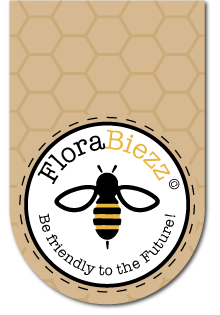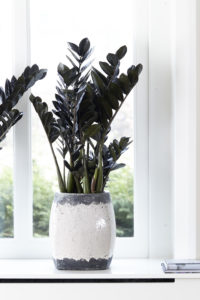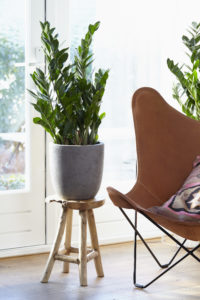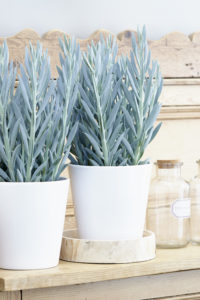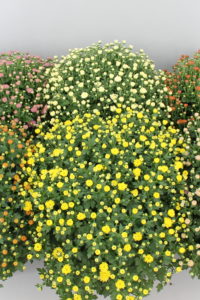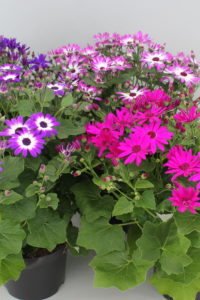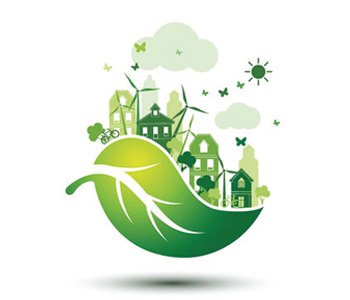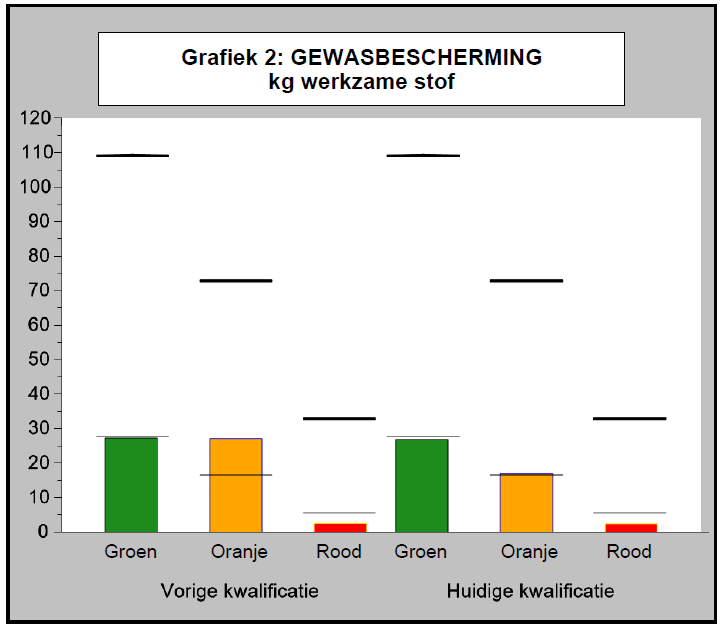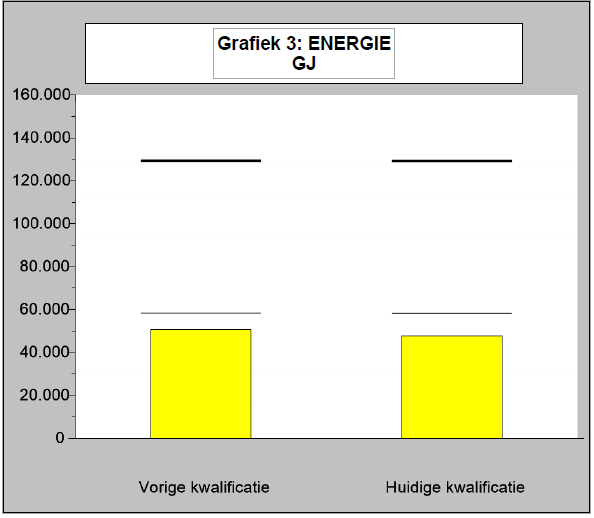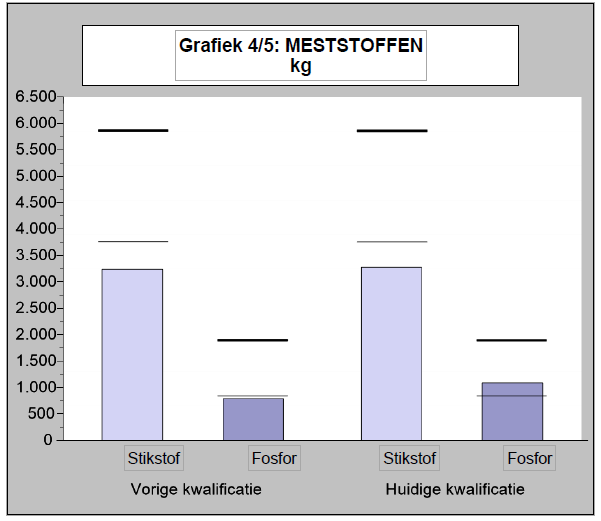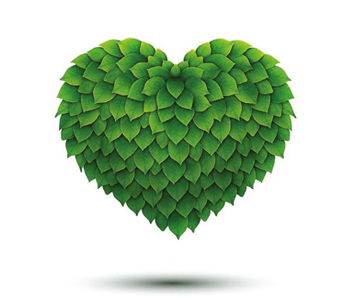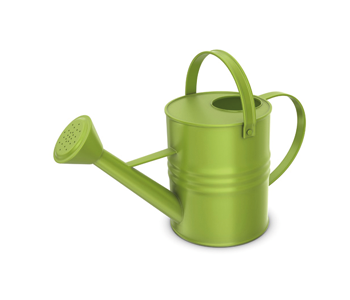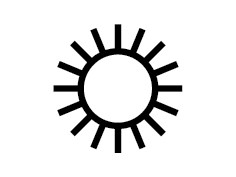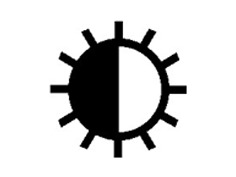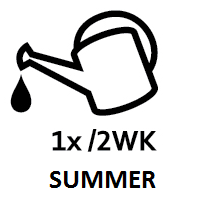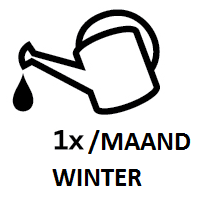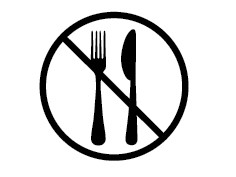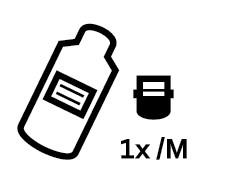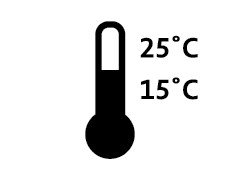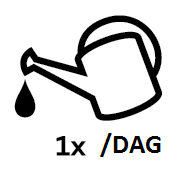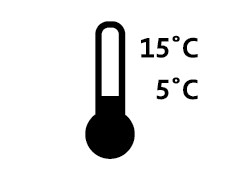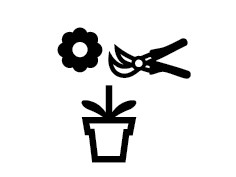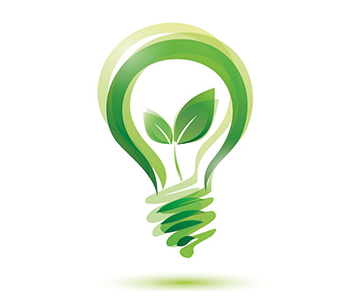Water
Er wordt gebruik gemaakt van regenwater wat opgevangen wordt in waterbassins. Dit water wordt jaarlijks gecontroleerd of er geen verkeerde stoffen in zitten. Indien echt noodzakelijk zou er gebruik gemaakt kunnen worden van oppervlakte water.
De kassen zijn voorzien van een gesloten systeem om water te geven. Dat houdt in dat al het water wat niet opgenomen wordt door de planten weer opgevangen wordt. Het water wordt dan weer gezuiverd en gefilterd en kan opnieuw aan de planten gegeven worden. Hierdoor spoelt er geen water met meststoffen naar openbare wateren.
De planten krijgen water met voedingstoffen via een nieuw sproeisysteem. Dit systeem zorgt ervoor dat de planten op een efficiënte en effectieve manier water krijgen wat ten goede komt van het waterverbruik en de groei van de planten
Het waterverbruik van Van Winden Erica heeft geen invloed op de drinkwatervoorziening in de regio.
Ziekte en plagen
Het is heel belangrijk voor het telen van gezonde planten dat het ongedierte binnen de kwekerij goed onder controle wordt gehouden. Wanneer ongedierte niet vroegtijdig aangepakt wordt dan zou dit grote schade kunnen veroorzaken.
Binnen het bedrijf zijn er mensen die dagelijks controleren of er geen ongedierte of ziekte in de planten aanwezig is. Mocht er toch iets gevonden worden dan zal er geprobeerd worden om deze ziekte en plagen te bestrijden door de inzet van biologie (natuurlijk vijanden). Ook worden er preventief natuurlijke vijanden in gezet. Denk aan de sluipwesp of spidex roofmijten. Door deze aanpak wordt de inzet van gewasbeschermingsmiddelen tot een minimum beperkt. Knaagdieren kunnen buiten gehouden worden door goede hygiëne. Mocht dit niet lukken dan helpt de kat met het opsporen en vangen van de knaagdieren.
Klimaat
Van de grootste teelt, de Zamioculcas, is de carbon footprint bekend. Ieder jaar wordt geprobeerd om deze footprint te verbeteren. De grootste winst is te behalen door te kiezen voor alternatieven energiebronnen. De mogelijkheden voor de beste alternatieve energiebronnen worden nu door een groep kwekers in Erica onderzocht. Denk aan aardwarmte, zonnepanelen, windmolens, zonneboilers, warmterotondes en smart-grids (koppeling tussen de vele gebruikers en producenten van energie voor efficiënter gebruik).
Aangezien leveranciers ook van invloed zijn op de footprint worden de leveranciers bewust gekozen.
Het gebruik van fossiele brandstoffen wordt verder gereduceerd door gebruik te maken van een WKK (Warmtekracht Koppeling). Hiermee wordt het gas, dat sinds jaar en dag gebruikt wordt voor de verwarming van de kassen, efficiënter gebruikt. Bij verbranding van het gas wordt elektriciteit opgewekt. De opgewekte stroom wordt gebruikt voor de lampen en de warmte en de CO2 die hiermee vrij komt wordt gebruikt voor de voeding en groei van de planten.
Een deel van het groenafval wordt opgehaald door derden die het vervolgens composteren en deels verwerken tot afvalhout. Het andere deel van het groenafval (afval van de Zamioculcas) wordt door Van Winden Erica zelf verwerkt tot compost en uitgereden over een stuk grasland.
Het transport naar de klanten wordt gedaan door het transportbedrijf Transpa Emmen. Zij rijden met moderne vrachtauto’s die voldoen aan de strengste Euro-6 milieunorm.
